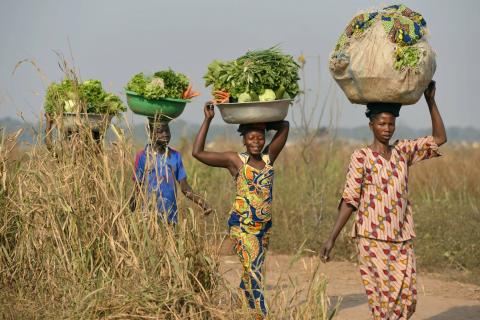Land Portal Masterclass at the #ArabLandConference2018: ‘Women, social media and their access to land’
It would be an understatement to say that the first Arab Land Conference was a busy one. The afternoon of the conference’s last day, however, featured the Land Portal’s very own masterclass on Women, Social media and Their Access to Land in the Arab World. Never has women’s use of social media been more pertinent. In the past year alone, we have seen the rise of the #metoo movement, spearheaded by and for women globally, as well as Saudi women taking their rightful place on social networks, with the explosion of various famous hashtags including #women2drive, #Idrivemyself, #sto





